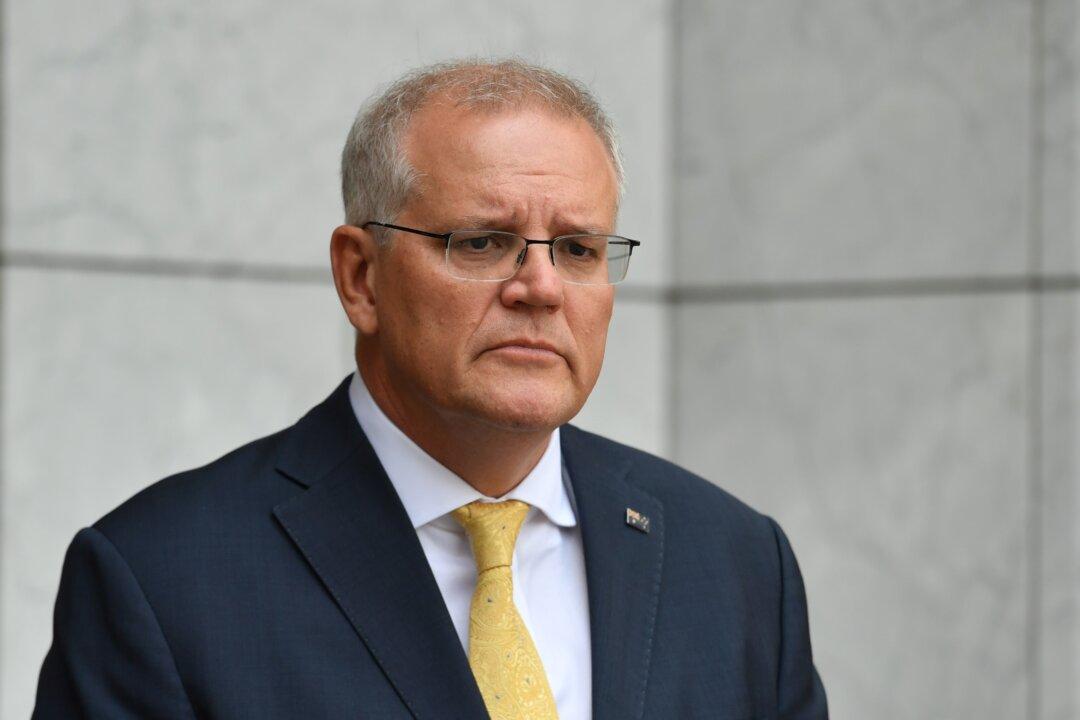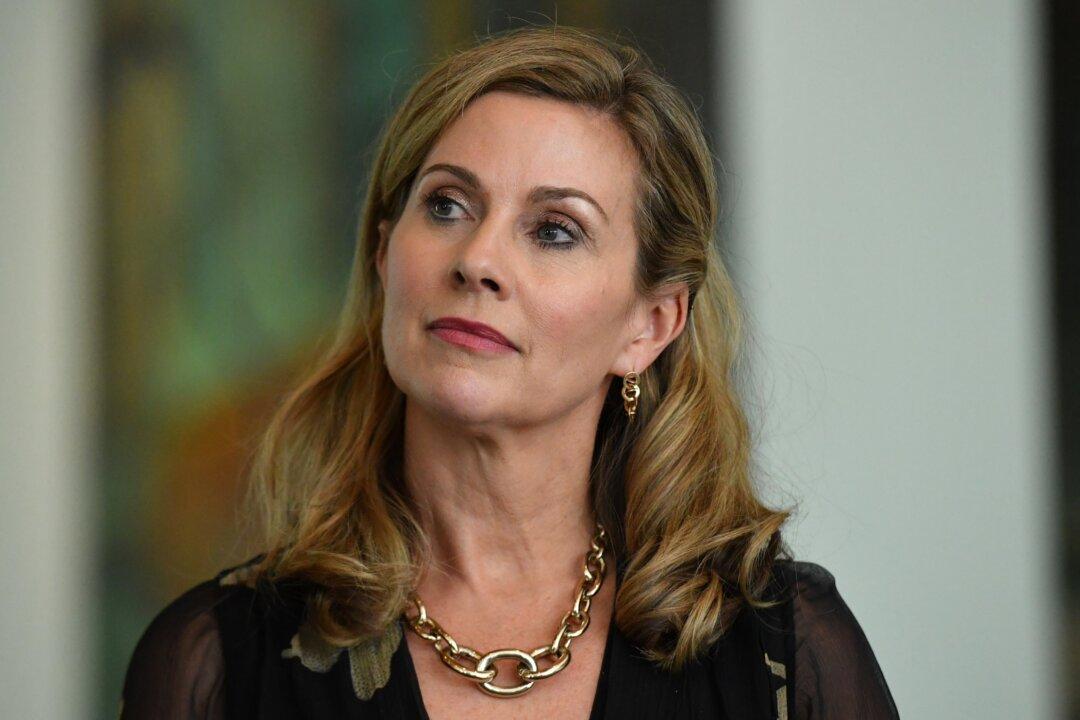Prime Minister Scott Morrison said the Australian Defence Force (ADF) had moved as quickly as possible to help with the floods, but that no level of response was ever going meet the needs of a “1-in-500-year flood” event.
In an interview with Nine Network, Morrison said the first response to emergencies always comes from the local community.





